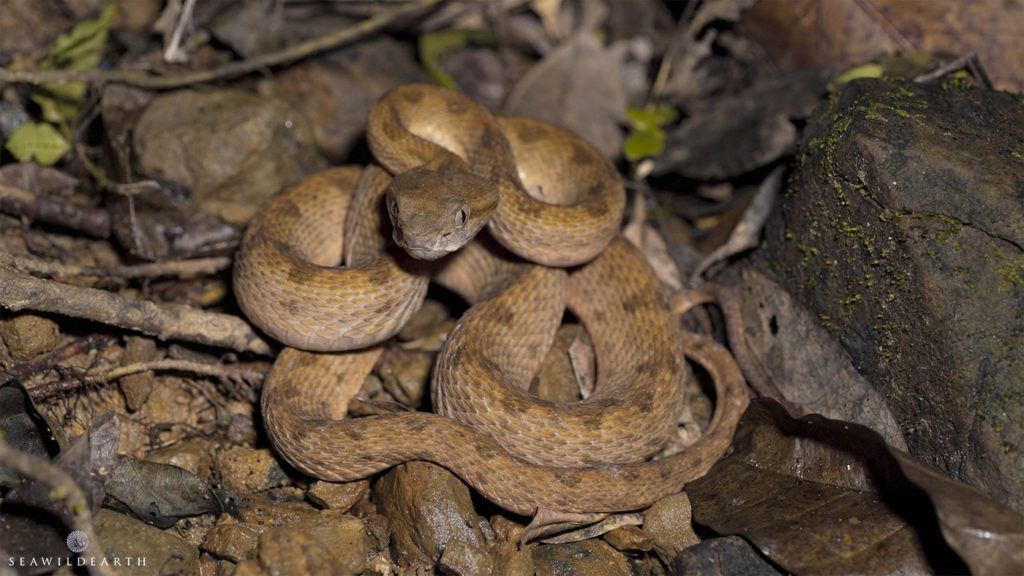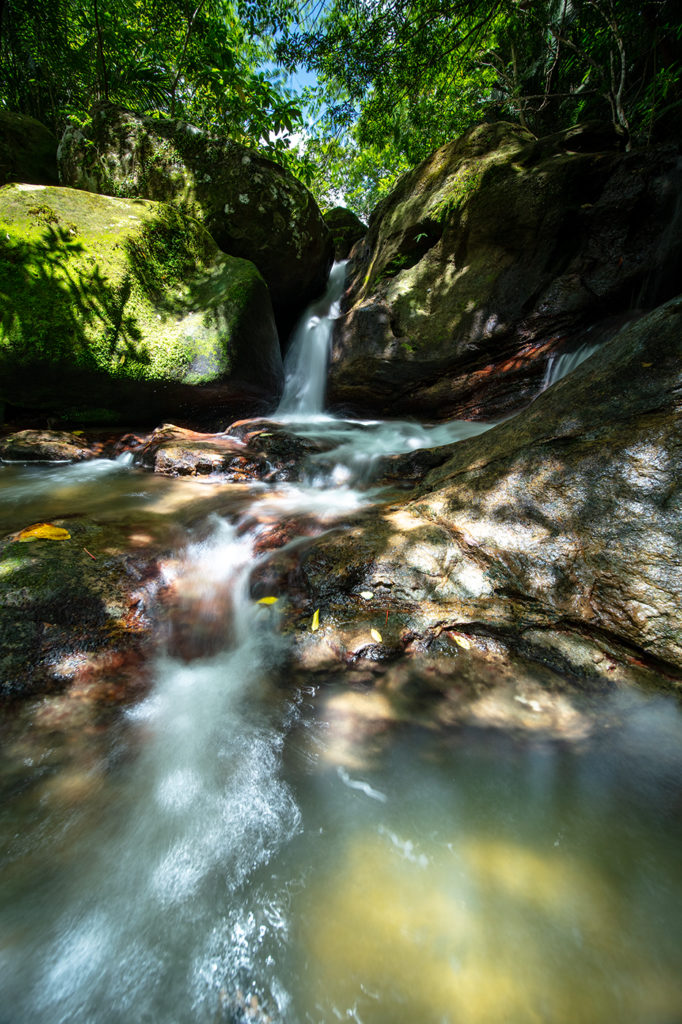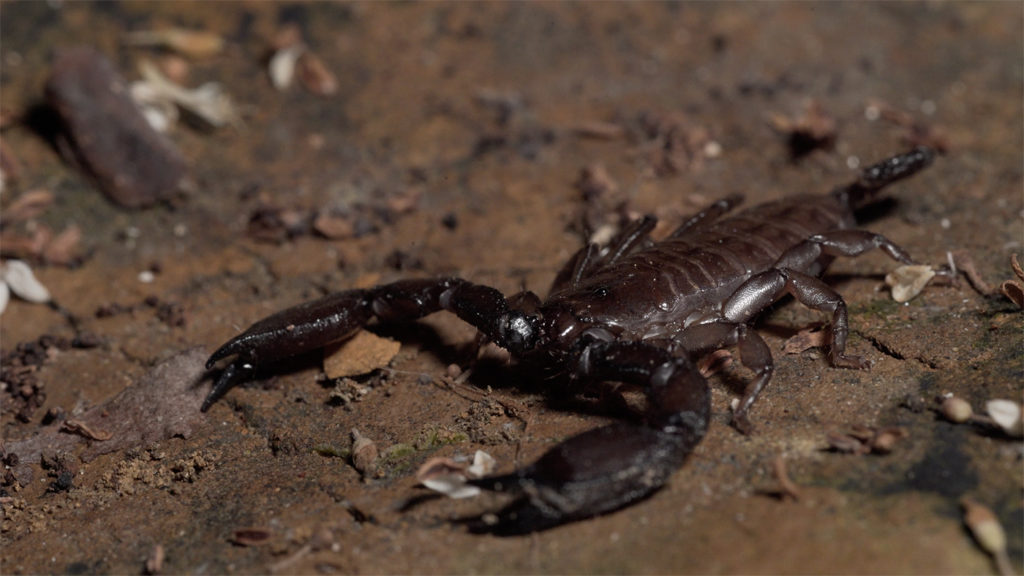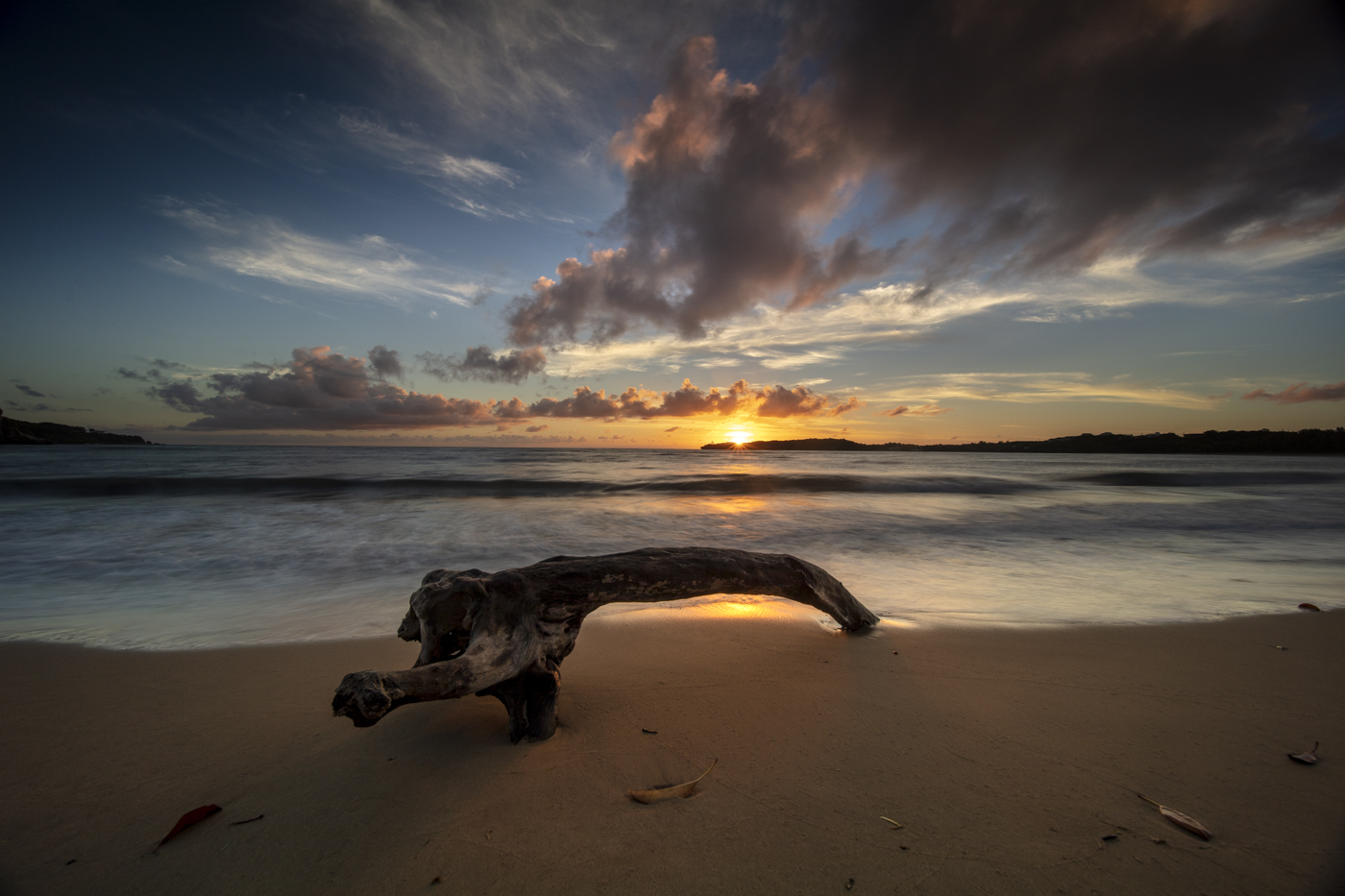Returning from Jungle Adventures
Iriomote had been on the cards for sometime, it didn't disappoint...
It had been a long time coming. I'd been locked in my office dealing with the changing landscape of cancellations, booking reschedules and issuing refunds from booked shoots. Coronavirus and the impact that had on my livelihood was getting old, fast. I needed a break. I'd planned my yearly trek to the island of Iriomote way back in January completely in the dark with regards to the pandemic about to be unleashed on the World.

Iriomote is characterized by dense green jungles and a latticework of streams, rivers and waterfalls.
Even though the clients who had initially booked to join me on the trip had had to cancel due to travel restrictions imposed on them by their respective employees I had decided to forge ahead, alone if need be. Inter-island travel was eventually green lit by the local administration just a few days prior to my departure. Additionally I'd been in touch with one of my gear sponsors, KANI Optics, and they wanted a mixture of video and stills for their social media so I headed out with their demands ringing in my ears. This would be my first real step onto the island without a group of students or friends in tow. The solitude I'd been craving was upon me.

My welcoming committee, a Sakishima Habu. A Pit Viper species, slimmer and less venomous than the Okinawa Habu but venomous nonetheless.
A one hour flight to the island of Ishigaki as Iriomote has no airport, a 30minute taxi ride to the ferry port and a 40minute ferry trip later I arrived in the Northern port of Uehara, my gateway to the adventure that is Iriomote. Since my last visit almost a year prior I'd come into possession of a plethora of new hiking trail information and pin drops. I was going to waste no quarter in discovering new sights.
One thing I noticed more on this trip though was the heat. It seemed the humidity index was way up close to 100%, yeah I was soaking wet pretty much every minute I was beyond the clutches of the AC at the homestay I had elected to stay at for the trip. Absolutely dripping wet from dawn until dusk. It got uncomfortable at times. My previous trips had been hot, but this time for some reason the heat was notably palpable, almost physical.
I had places to go and things to see. A map with a whole shed of new trailheads marked and new boots ready to go. I spent the next six days in a rapture of discovery seeing new sights in a land that was already deeply engrained in my mind as one of the best locations for landscape and wildlife encounters throughout Okinawa prefecture. I was like the proverbial kid in a candy store.

Small water features litter the intricate river networks of the island. They lend themselves perfectly to long exposure photography.
For this venture I was also focused very much on video filming. I'd bought my Sony A7S2 with me and a number of lenses. Notably I wanted to try out a macro lens, the medium format Mamiya Sekor C 120mm f4 to be precise. At the start of my exploits with Sony I had invested in some Medium Format glass and a focal reducer (not booster) just to be different. I had seen a YouTube video about shooting cinematic imagery with these lenses and thus my curiosity peaked. At a fraction of the cost of prime Sony E Mount glass too it seemed a great option, and it is. Any wildlife imagery in this blog post is actually a still frame from Video.
This trip was planned for ten days, on day six, it all came crashing down! A camera backpack failure meant that I could no longer trek with my full compliment of imaging gear. I had to choose either full photographic or full video rig. As I was more shooting stills I opted to lighten the load and film from that point on with a GoProHero7 Black during the daylight excursions.
Once completed for the day I would head back to the accommodation, take a refreshingly cold shower, grab some posh nosh and then head out into the jungles again armed with the Sony to film some of the more wilder aspects of Iriomote, the wildlife.
Stepping into the jungle at night time is a whole new ballgame. I'd traversed a few of the trails in the past at night with groups I'd taken to the island as well as on my first ever venture to the place with friends. But alone in the jungle for the first time enveloped in darkness is a new dimension that brings one very much front and center with the awesomeness that is Mother Nature.
Sounds carry further at night time. Maybe with the heat out of the way, I mean it was still humid but the temperature had gone out of it. With thinner air sounds bounce off trees, become amplified. It's harder to tell direction at night due to this. Senses that struggle at night time, sight and smell are voluntarily reduced as a way of heightening the ability of other senses, the main one being hearing. Every scratch, croak, rustle or twig break is registered. Life is everywhere, the camera hardly stops working. New critters, new sounds. A new experience. It's awesome.
One thing I'd never seen to date were Scorpions in Okinawa. An unmistakable form scurried across a tree stump. Its tail arched over its head, it was dark and menacing. Once it was aware of me though it kinda froze, hid under leaf litter in a vain attempt to blend in. I sat there staring at the critter, drinking in this new experience. I wondered if its sting would hurt, I wasn't about to find out. It scurried away after five minutes, that seemed much longer. I went in search of more critters.
My nights were spent in the jungles or on the roads. I'd encountered a myriad of snakes and other reptiles as well as the rare and illusive Yellow Marginated Turtle or Chinese Box Turtle that calls Iriomote home. Reptiles would congregate on the roads at night time clinging to the remaining dregs of warmth retained by the tarmac as the darkness swept over the land.

A Scorpion, my first encounter in Okinawa.
One element of imaging that also draws me to the island is Astrophotography, and in particular photographing the Milky Way.
Ishigaki and Iriomote National Park is recognized and categorized as a Dark Sky Park by the International Dark Sky Association (IDA), the only location in Japan to be deemed as such. And for good reason. I've spent a number of nights in the jungle, especially in the area of Sangara Waterfalls where on a clear night with the right conditions and moon phase it is one of the best places in all of Japan to snag the incredible view of the Milky Way above an impressive waterfall. Alas this is an image I shoot each year so rather than posting it, again. For the curious I wrote about my Milky Way imaging adventures on Iriomote in the past and there are an increasing number of posts and imagery appearing online that promote the astrophotography and night sky viewing on Iriomote.
Sadly, and all too soon, my ten days on Iriomote for 2020 came to an end. I'd spent my time ensconced in the greenery of this unique place. While stifling the jungles may be they offer incredible vistas across some of the most pristine ecosystems in Japan. Wildlife, some unique, many endemic and some endangered fill these green hills and plunging valleys. I scratched but a small area of the surface of the island. so much more awaits me in future trips. But that, as the saying goes, will be another story.
Wanna check out the night sounds of Iriomote?
My last night on the island was a mixture of reminiscing alone on a beach with the setting sun. Doing my utmost to try and do this location proud with an image that best captured the moment. In my thoughts I doubt I could ever really accomplish such a lofty expectation, because to do so would be to capture the incredible magnetism of this island, something I don't thing even the all encompassing art of photography could fittingly accomplish. It's best left to the catacombs of memory, as some moment are best registered mentally, as opposed to digitally.

Sunset, a spectacle in Iriomote as much revered as it is on Okinawa and the World over. A time to relax and simply enjoy.
About the Author
Internationally recognized as a provider of quality mixed media Mark Thorpe is always on the search for captivating content.

Photographer / Cameraman
Mark Thorpe
Emmy Award Winning wildlife cameraman and Internationally published landscape photographer Mark Thorpe has been an adventurer since he could walk! Spending 17yrs as an Underwater Cameraman at the start of his imaging career the highlight of which was being contracted to work with National Geographic. In that role as a field producer and cameraman he's been privy to a mixed bag of hair raising adventures. For some reason he was always selected for projects relating to large toothed marine predators such as Great White and Tiger Sharks, Sperm Whales and Fur Seals. Additionally he has also been active within Southern Africa on terrestrial projects dealing with a wide array of iconic wildlife.
Currently based in Okinawa, Japan he's always on the lookout for his next big adventure. He shares his exploits online with a totally organic social audience in excess of 200,000. Sponsored by a number of photographic industry manufacturers he is constantly scouring the islands for captivating landscape and oceanscape compositions. Videography wise he continues to create short photographic tutorial videos as well as creating content about the diversity of wildlife within Okinawa and the Ryukyu Islands of Southern Japan.
